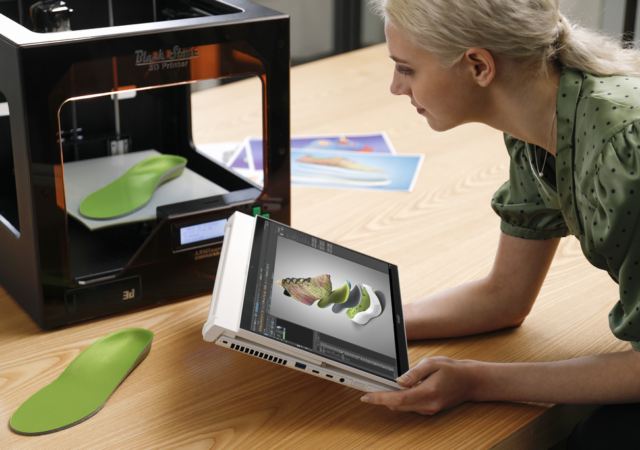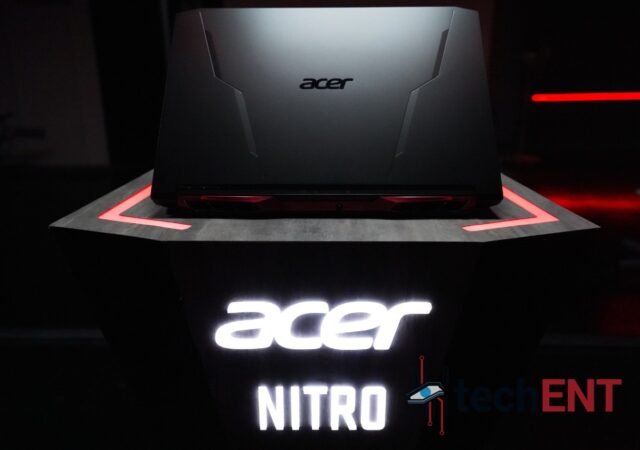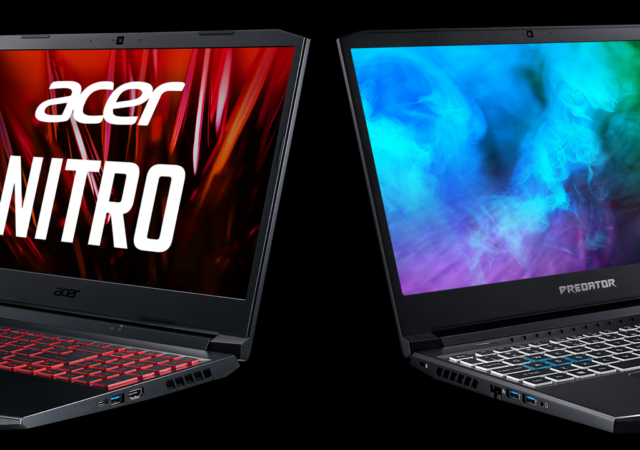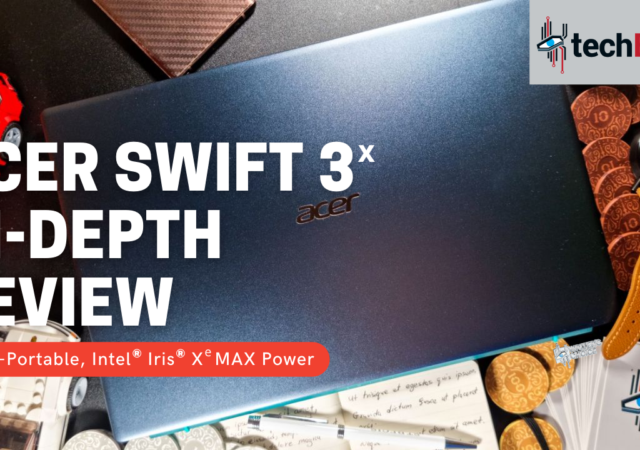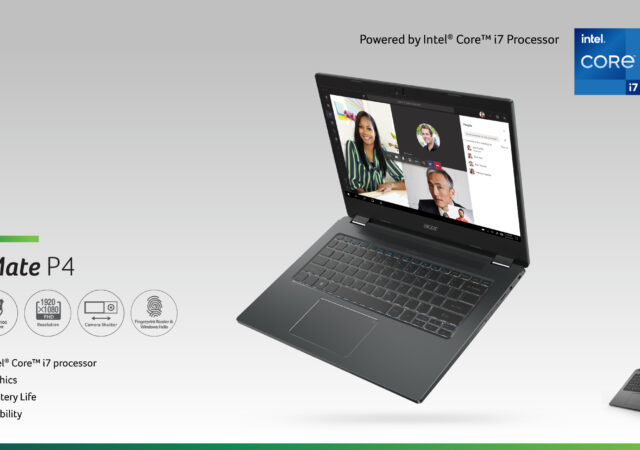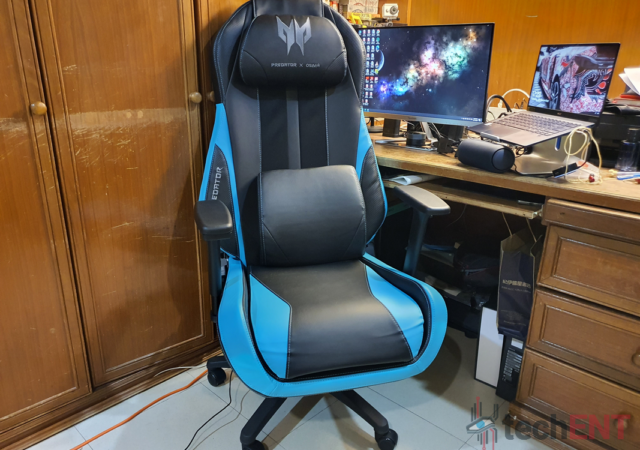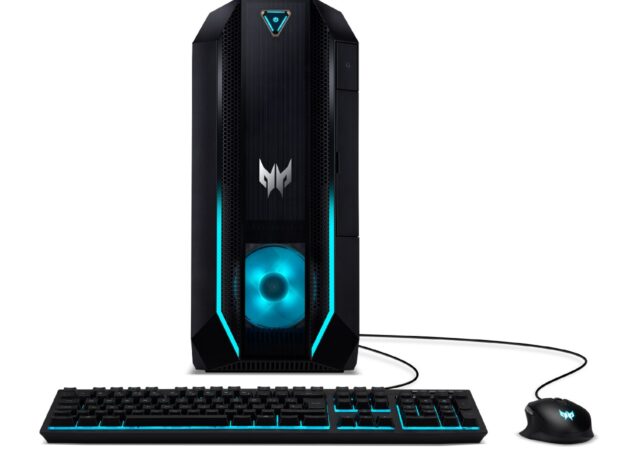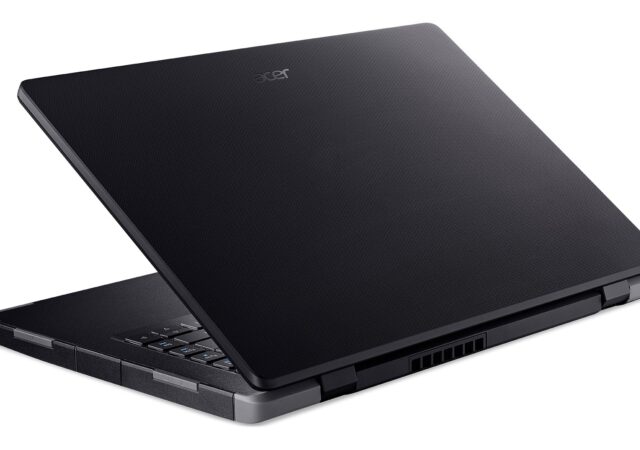Acer is refreshing its TravelMate P4 and Concept D laptops with more power with Intel’s new generation of processors. The new refresh brings more powerful processors with more power and Intel’s Xe graphics. It brings more graphics prowess to the…
Acer Launches the Nitro 5 with AMD Ryzen 9 and NVIDIA GeForce RTX 3080
The Acer Nitro 5 for 2021 can be a beast with AMD’s Ryzen 9 and RTX 3080 inside. Available for pre-order from MYR 3,699 onward.
Acer Refreshed the Nitro 5 & Helios 300 in Malaysia
Just as the Asia Pacific Predator League kicks off, Acer has taken the opportunity to refresh two of their most popular gaming laptops: the Nitro 5 and the Helios 300. The two gaming laptops come with refreshed graphics and processors…
[Video] Acer Swift 3x In-Depth Review – Small Package, MAX Power
We reviewed Acer’s Swift 3x. The ultra-book features Intel’s latest 11th generation Core i7 and Intel Iris Xe MAX discrete GPU at MYR 4,599.
Acer’s Asia Pacific Predator League 2020/21 Goes Online in April
Acer’s annual Asia Pacific Predator League has been a staple event when it comes to eSports in the region. The annual competition sees teams from across the Asia Pacific region compete for a piece of a USD$400,000 prize pool. Last…
Acer Malaysia Brings Fresh Air with acerpure Cool in Malaysia
Acer introduces their first airpurifier in their new acerpure line up the acerpure Cool which brings silver ion technology with HEPA certified purification.
Acer’s TravelMate P4 Makes its Way to Malaysia
Acer Malaysia unveils the new TravelMate P4 powered by Intel’s 11th generation Core i5 and i7 processors for the local market.
Acer Predator x OSIM Gaming Chair Review: Gaming the Stress Away
Acer took the gaming world by storm with the announcement of the Predator x OSIM Gaming Chair. We’re taking a look at the new offering and how it fairs.
Acer Launches the Predator Orion 3000 – The Ultimate Compact LAN Party Companion
Predator by Acer has just introduced their new baby Predator desktop, the Orion 3000 in Malaysia with prices starting at MYR 4,099.
Working Harder and Better with Acer’s TravelMate P2 And the New Enduro Series
Acer launches a row of extra rugged notebook PC with militarty build standards. The Travelmate P2, Enduro N3, and Enduro T1 is availble now.



